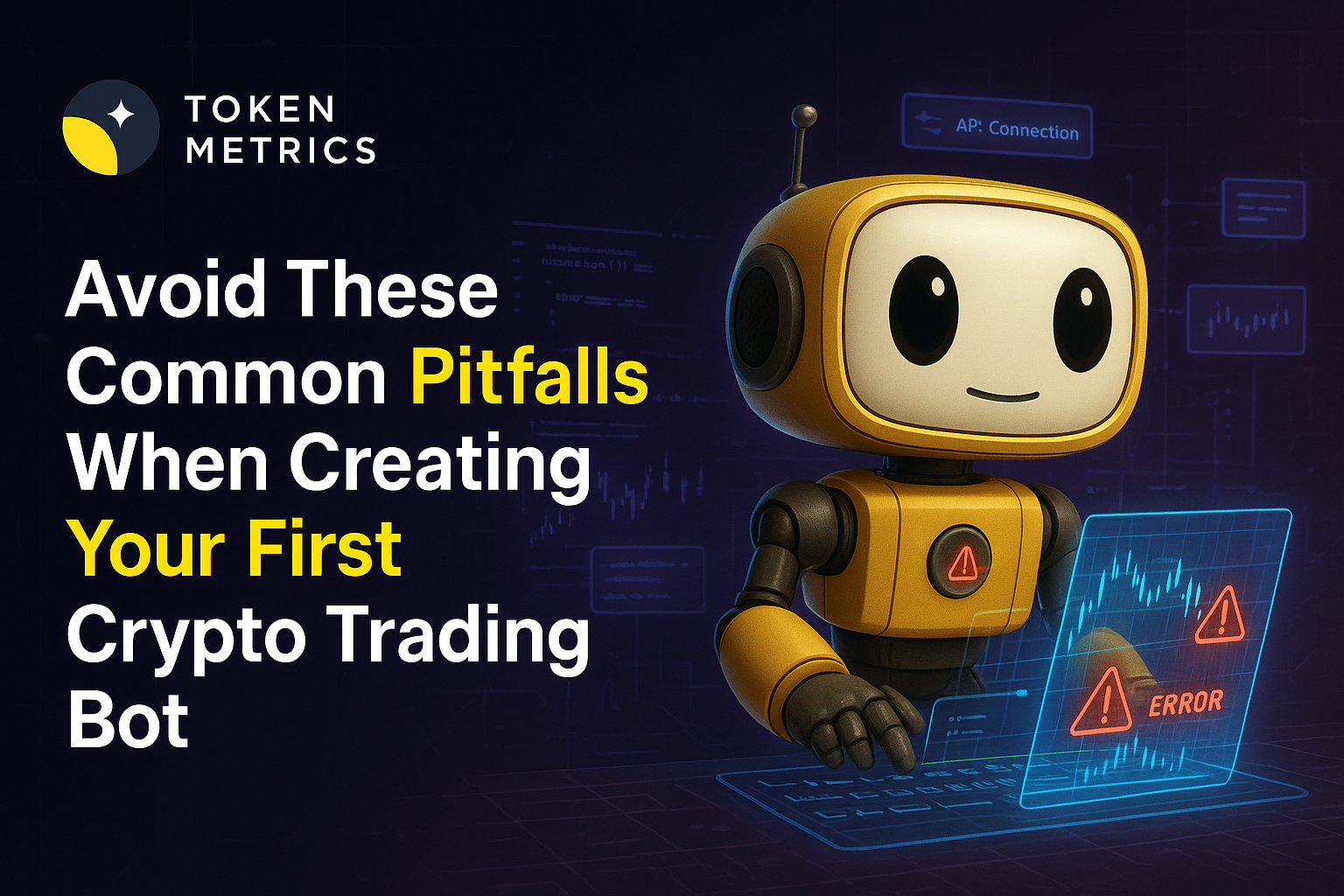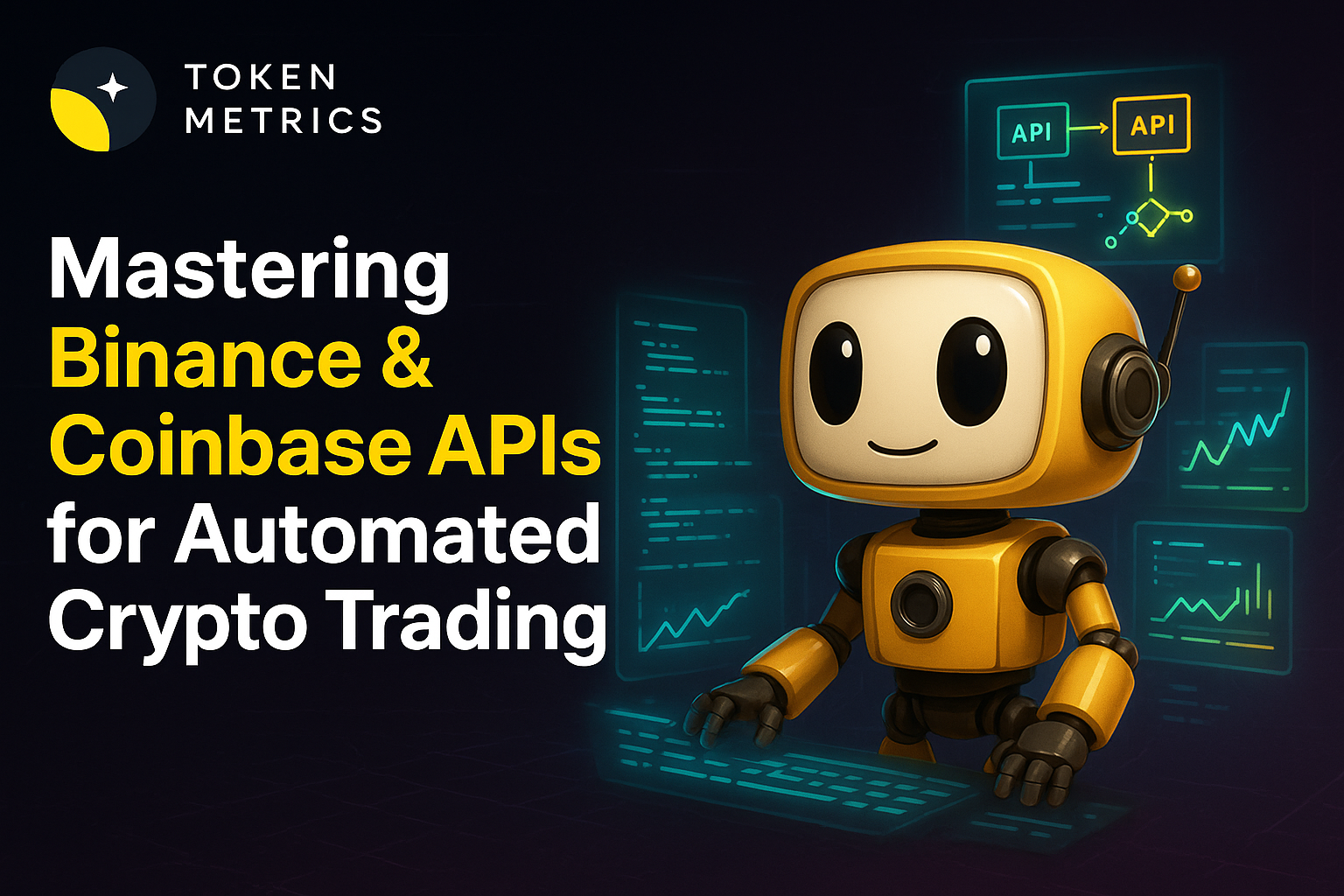
APIs Explained: How They Power Web & Crypto Apps

APIs — short for Application Programming Interfaces — are the invisible wiring that connects software, data, and services. From mobile apps fetching weather to crypto platforms streaming on-chain data, APIs turn discrete systems into interoperable ecosystems. This guide explains what an API is, how it works, common types and protocols, practical evaluation criteria, and how AI-driven tools can help you research and integrate APIs safely and effectively.
What is an API? A practical definition
An API is a set of rules and conventions that lets one software program request services or data from another. Think of it as a contract: the provider exposes endpoints and documented inputs/outputs, and the consumer sends requests and receives structured responses. APIs abstract complexity, enforce consistency, and enable modular development.
At a high level, an API specifies:
- Available operations (endpoints) and the expected parameters
- Data formats for requests and responses (JSON, XML, etc.)
- Authentication and authorization methods (API keys, OAuth)
- Rate limits, error handling, and versioning policies
How APIs work: endpoints, methods and data flow
Most modern web APIs operate over HTTP. A consumer makes a request to a URL (endpoint) using an HTTP method such as GET, POST, PUT, or DELETE. The server processes the request and returns a response payload plus status codes that signal success or error.
Core concepts:
- Endpoint: A URI representing a resource or action (e.g., /prices/bitcoin).
- Request: Includes method, headers (authentication, content-type), query or body parameters.
- Response: Status code (200, 404, 500) and structured data (commonly JSON).
- Idempotency: Whether repeated requests have the same effect (important for retries).
Understanding these mechanics helps you design integrations, debug issues, and interpret API documentation efficiently.
Common API types and protocols
Not all APIs are built the same. Choosing the right style depends on use case, performance needs, and client ecosystem.
- REST APIs: Resource-based, conventionally using HTTP verbs and stateless interactions. Popular due to simplicity and broad tooling support.
- GraphQL: Query language that lets clients request exactly the fields they need. Useful when clients need flexible, efficient queries across related data.
- WebSockets: Persistent, bidirectional socket connections ideal for real-time updates (chat, market feeds).
- gRPC: High-performance RPC framework using Protocol Buffers—good for microservices and low-latency systems.
- SOAP: Legacy, XML-based protocol with strict standards—still used in some enterprise environments.
Each approach has trade-offs: REST is simple but may require multiple round-trips, GraphQL reduces over-fetching but adds server complexity, and WebSockets enable streaming but require connection management.
Security, authentication, and operational governance
APIs often provide access to valuable data and functionality, so security and governance are paramount. Key considerations include:
- Authentication: API keys, OAuth 2.0, JWTs. Choose methods that match risk and user flows.
- Authorization: Enforce least privilege—limit which endpoints and operations each credential can access.
- Rate limits and quotas: Protect infrastructure from overload and abusive usage.
- Encryption & TLS: Always use HTTPS for data in transit; consider encryption at rest for sensitive payloads.
- Auditing & monitoring: Log access patterns, errors, and anomalies for forensic and operational visibility.
- Versioning: Maintain backward compatibility with explicit versioning strategies to avoid breaking consumers.
Operational SLAs, clear error codes, and robust documentation reduce integration friction and surface potential risks early.
How to evaluate and integrate an API: a practical checklist
When assessing a third-party API, use a structured framework:
- Documentation quality: Are endpoints, schemas, examples, and rate limits clearly described?
- Sandbox & test keys: Is there a sandbox for dry runs without impacting production data?
- Latency & throughput: Does the API meet your performance requirements under expected load?
- Reliability: Check status pages, historical uptime, and incident response practices.
- Cost model: Understand pricing tiers, overage fees, and whether free tiers suffice for initial development.
- Security posture: What authentication methods, encryption, and compliance certifications are provided?
For proofs of concept, use API testing tools (Postman, curl) and programmatic SDKs where available. Track metrics during integration and plan for retries, backoff strategies, and graceful degradation.
Build Smarter Crypto Apps & AI Agents with Token Metrics
Token Metrics provides real-time prices, trading signals, and on-chain insights all from one powerful API. Grab a Free API Key
FAQ: What is an API?
An API (Application Programming Interface) is a defined set of rules and endpoints that allows one software system to request data or services from another. It standardizes how data is exchanged and operations are invoked between systems.
FAQ: REST vs GraphQL — when to use each?
REST is simple and widely supported, ideal for straightforward resource-based access. GraphQL excels when clients need flexible, aggregated queries and want to reduce over-fetching. Choice depends on client needs and server complexity tolerance.
FAQ: How do APIs stay secure?
Security relies on strong authentication (API keys, OAuth), encryption (HTTPS/TLS), authorization controls, rate limiting, input validation, and monitoring. Regular audits and threat modeling help identify and mitigate risks.
FAQ: What are common API use cases?
APIs power mobile and web apps, payment processing, identity providers, data feeds (market, weather, maps), IoT device control, and integrations between enterprise systems or blockchain nodes.
FAQ: How do I test an API safely?
Use sandbox environments and test keys where available. Employ tools like Postman for exploratory testing, write automated integration tests, validate edge cases and error handling, and verify rate-limit behaviors under load.
Disclaimer
This article is for educational and informational purposes only. It explains technical concepts and evaluation frameworks but does not constitute professional, legal, or investment advice. Always perform your own due diligence when selecting or integrating APIs.

.svg)

Create Your Free Token Metrics Account

.png)




%201.svg)
%201.svg)


%201.svg)









.svg)




.png)